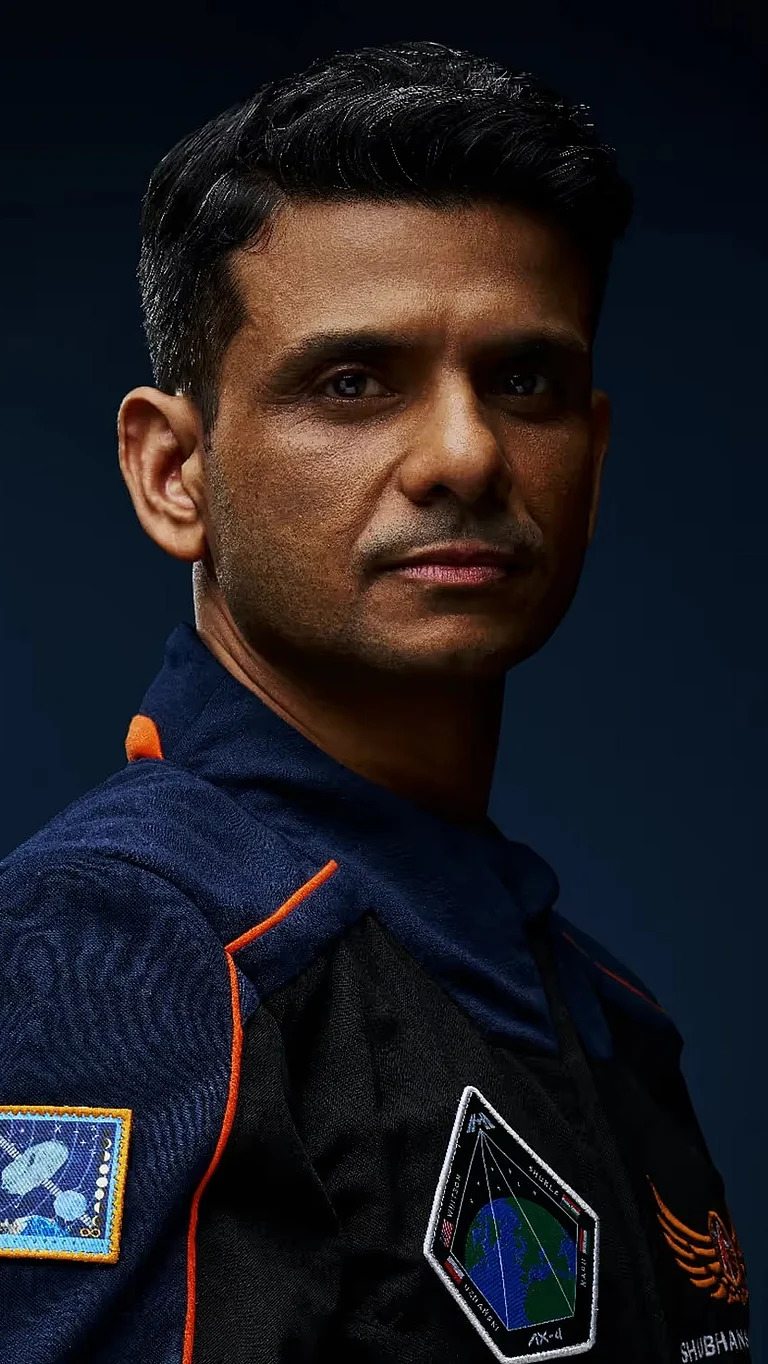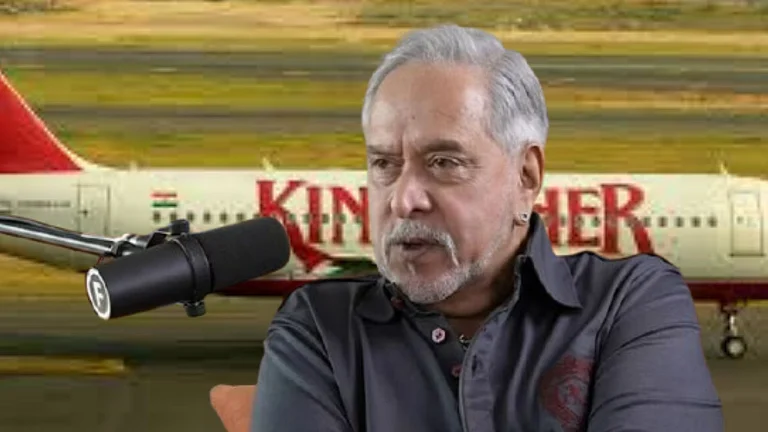June 12 mid-day, 242 passengers boarded what they believed would be a routine journey to London. Some captured their first-ever flight in photos; others filmed their maiden journey on a foreign-bound carrier. Some were en route to reunite with loved ones after years; others texted home, promising to send money after joining work. Children clutched their mothers’ dresses as seatbelts were adjusted—all became data in the chronicle. What followed defied every expectation and prayer.
Boeing’s Turbulent Journey in Indian Skies Marks a Chronicle of Tragedies And Crumbling Trust
From fatal crashes to failing checks, Boeing’s troubling track record in India—fuelled by crew errors, ageing fleets and oversight lapses—raises urgent questions about safety in a nation racing to become an aviation superpower
Minutes after the carrier left the runway at Ahmedabad, the Boeing 787-8 Dreamliner crashed, claiming every life aboard except one (241 dead out of 242 aboard). Additionally, 33 people on the ground perished, pushing total fatalities to 274. Apart from this, many stray dogs and birds that had handed over this Earth to us in trust burnt to death. Investigation reports remain pending for the Air India Flight 171 crash.
In the vast Indian aviation history, a peculiar pattern emerges that paints a troubling picture of aerial misfortune. It is hard to pinpoint exactly what continues to go wrong with Boeing and its long-standing tryst with Indian aviation, especially when Air India is in the equation.
Since 1938, when commercial aviation was still struggling to find its wings in India, the subcontinent has witnessed 22 commercial aircraft accidents. The 22 accidents include one tragic incident during the Indo-Pak war of 1965, when the Pakistani Air Force shot down an Indian plane.
But buried within these statistics lies a story that aircraft manufacturers would rather try to silence. This is a tale of Boeing's troubled relationship with Indian skies.
Numbers Do Not Lie
When bad luck strikes in air at 30,000 feet, families shatter and nations mourn. But these disasters reveal patterns that surely demand scrutiny. Something unsettling that emerges from these data points is how frequently Boeing appears in these cases. Of India's 22 commercial aircraft accidents, 11 involved Boeing aircraft— exactly half of all recorded incidents. Even more striking, among the 13 accidents involving Indian airline companies, 10 featured Boeing-made aircraft.
Boeing has been entangled in the darker chapters of India’s aviation history. While suspicions often land on Boeing’s engineering and aircraft technical issues, it is also important to look deeper into the cockpit.
Eight of the ten Boeing-related Indian airline accidents were attributed to crew mistakes, painting a disturbing picture of systemic issues beyond aircraft design.
Indian Airlines Flight 440 (May 1973) set the precedent for tragedy. The Boeing 737-2A8, navigating a dust storm at Delhi’s Palam Airport, struck high-tension wires during a non-directional beacon approach—a procedure heavily reliant on pilot skill. Crew error claimed 48 lives. The Indian Airlines flight was en route from Chennai to New Delhi.
Air India Flight 403 (June 1982) crashed in Mumbai after a hard landing in adverse weather, killing 17. Both weather conditions and human error shared the blame. The aircraft was a Boeing 707-437 carrier.
Indian Airlines Flight 113 (October 1988) became one of India’s deadliest aviation disasters when the Boeing 737-200 struck trees and power lines near Ahmedabad. Investigators discovered that the pilot and co-pilot, desperate for visual contact with the runway, had lost their sense of altitude awareness. The result was that 130 lives took their last breath in the plane.
Indian Airlines Flight 257 (August 1991) saw another Boeing 737-2A8 crash during descent, killing 69. The crew had abandoned written procedures for a shortcut, failing to monitor instruments adequately despite deteriorating weather. The captain’s flawed judgement in terrain familiarity proved fatal, costing lives.
Indian Airlines Flight 491 (April 1993) presented a unique tragedy when the Boeing 737-A28 struck a lorry after take-off, killing 55. Investigations carried out by Indian authorities found that the captain’s false perception of take-off technique and lack of regulation of public vehicles near the airport’s vicinity led to the accident.
Alliance Air 7412 (July 2000) marked the new millennium with another Boeing 737 family disaster in Patna, Bihar. The flight met the disaster at its first stopover. Loss of aircraft control due to crew error claimed 60 lives as the crew incorrectly initiated a go-around instead of proper stall recovery. The crew had not followed the correct approach procedure, which resulted in the aircraft being high on approach. Later, they initiated a go-around procedure instead of the approach-to-stall recovery procedure, the investigation found.
Air India Express Flight 812 (May 2010) was perhaps a preventable tragedy. Despite three explicit calls from the first officer to execute a “go-around”, the captain continued an unstabilised approach at Mangalore. The Boeing 737-800 overran the runway, plummeted down a hillside and burst into flames, killing 158 on board. This was the first disaster for Air India Express.
Air India Express Flight 1344 (August 2020) occurred during the Covid-19 pandemic’s Vande Bharat repatriation mission. After aborting two landing attempts due to heavy rain and tailwinds, the Boeing 737-8HG touched down on the third attempt but skidded off the tabletop runway at Kozhikode, breaking apart and killing 18 of 172 aboard.
Not all Boeing incidents in India were a result of human error alone. Air India Flight 855 (January 1978) crashed into the Arabian Sea moments after take-off when the Boeing 747-237B's attitude direction indicator (ADI) malfunctioned. The captain became spatially disoriented and lost control, killing all 213 people aboard.
Airbus: The Safer Bet?
Standing in stark contrast to Boeing's troubled record is its European rival, Airbus. While Boeing struggled in Indian skies, Airbus painted a different picture. The European manufacturer was involved in just one of the 22 major accidents—Indian Airlines Flight 605 in 1990—when an Airbus A320-231 crashed on approach to Bengaluru. While India’s investigation blamed pilot error, the Indian Commercial Pilots’ Association disputed this finding, pointing instead to a potential design flaw in the Airbus A320.
Although not immune to troubles, Airbus has so far traversed Indian airspace with fewer bloodstains, giving itself a cleaner safety slate in the Indian aviation industry.
Globally too, the difference is stark. Statistics from 1001crash.com reveal that since 2000, Airbus aircraft were involved in 35 accidents worldwide, while Boeing faced 107 accidents—a disparity that extends beyond Indian borders. Both figures account for commercial aircraft over 12,000 pounds that suffered hull loss or worse.
Of course, Boeing also has a larger global fleet, with 14,000 aircraft in operation compared to 12,000 for Airbus, data from their respective websites showed. Still, the disparity in accident numbers is too significant to ignore.
Market dynamics somehow reflect this safety perception. Between 2015 and 2024, Airbus received orders for 8,950 aircraft and delivered 7,043, while Boeing managed net orders for 5,012 aircraft. By 2021, Airbus had a 62% market share in total backlog compared to Boeing’s 38%, according to a report by Leeham News.
Crashes, Connections and a Changing Fleet
Perhaps more troubling than Boeing's track record in the Indian aviation industry is the pattern surrounding Air India and its affiliated airlines (that were, or later became, a part of the Air India group). As many as 10 (not including Air India) of India's 22 air accidents involved companies that are or were part of the Air India group. All 15 hijackings and all the Indian airline accidents involved Air India group companies.
This includes Indian Airlines, Alliance Air, Air India Express and even the historical Tata National Airlines, whose 1943 Stinson Model A crash killed six near Lonavala. Jehangir Ratanji Dadabhoy (JRD) Tata's aviation legacy, which began with Tata Airlines in 1932 and evolved into Air India by 1946, seems shadowed by misfortune.
Before going out of business, Indian Airlines, a state-owned airline in India, was a part of Air India. The Air India group also included Alliance Air. Currently, it is a fully owned subsidiary of Air India Asset Holdings, a special purpose corporation formed by the Indian government to keep control of Alliance Air after the 2021 sale of its parent company Air India to Tata Sons. Low-cost carrier Air India Express is a fully owned subsidiary of Air India.
Today, Air India operates 58 Boeing aircraft in its fleet of 198. This includes 33 Boeing 787s with an average age of 9.6 years, according to data available on Planespotters.net. Of these 33, 26 are Boeing 787-8 models that have an average age of 10.9 years. The oldest was delivered in September 2012—almost 13 years ago. One of these models crashed in Ahmedabad in June 2025.
The Tata group, recognising that it was inheriting an ageing fleet when it took over in January 2022, set out on a path to revamp the airline, according to reports.
Air India's new orders include 220 Boeing aircraft out of 570 total orders. Although the number of Airbus orders is higher than Boeing’s, 220 is still a significant number.
The Pilot Paradox
The prevalence of pilot error in Indian aviation accidents uncovers a deeper systemic crisis. While eight of ten Boeing-related accidents were caused by crew mistakes, Indian aviation faces a paradox: overworked pilots on one end and unemployed licensed pilots on the other. Recently, many pilots have anonymously raised concerns about long duty hours and fatigue. In 2024, the Directorate General of Civil Aviation (DGCA) fined Air India ₹80 lakh for violating flight duty norms and failing to ensure adequate pilot rest.
The regulator’s audit in January 2024 found several violations, including pilots crossing their maximum allowed duty time. In 2023, a 40-year-old IndiGo pilot collapsed and died at Nagpur airport just minutes before operating a flight. Fatigue is now being recognised as a silent threat in Indian aviation. According to the British Safety Council India, fatigue among flight crew leads to human error in aircraft operations.
In April 2024, mass sick leave by Vistara pilots led to the cancellation of over 125 flights. Pilots accused the airline of treating them like “bonded labourers”. The sudden leave was a protest against what they called unfair work conditions.
Despite these fatigue-related concerns, a third of licensed Indian pilots remain unemployed. According to The Print, former DGCA chief Arun Kumar blamed an oversupply of pilots. But the core issue is structural. Too few pilots are working too many hours, while many others sit grounded without jobs.
As air passenger traffic—already doubled in a decade—is expected to reach 400mn by 2029, India will need to grow its fleet, The Print reported. Civil Aviation Minister K. Rammohan Naidu has said that India will need 4,000 more aircraft and 200 new airports in the next 20 years. The aviation research agency Centre for Asia Pacific Aviation (CAPA) estimates that 10,900 additional pilots will be required by 2030. Yet, thousands of licensed pilots remain jobless—a tragic waste of human resources in a safety-critical industry.
Ground Reality vs Growth Race
A former Indian aviation technician, now working with Emirates in Dubai has revealed stark differences in maintenance standards. While Indian ground staff conduct single-round checks at base, Dubai operations require three to four rounds of such checks. "There is no guarantee engineers will show up for tests in India. The quality of checks is very poor," he disclosed to The Print.
This disparity adds another layer to India's aviation safety concerns, highlighting that aircraft malfunctions, while less frequent than pilot error, may also stem from inadequate ground checks.
Yes, the number of major fatal accidents in India has dropped to just four since 2000. But as the number of passengers surge, expected to hit 400mn by 2029, India must not just expand infrastructure but also work to overhaul its approach to safety and operational culture.
As India celebrates rising Gross Domestic Product (GDP) and economic and infrastructure milestones, it is time to pause and reflect. Aircraft crashes are more than statistics as every such data represents a human story—children orphaned, parents bereaved, spouses widowed. While India plans to move towards becoming a global aviation hub, the shadows over its skies require attention. The skies must be as safe as they are ambitious. Boeing, Airbus, Air India, the DGCA and every stakeholder must remember that no milestone is worth chasing at cost of human lives.
Whether or not there’s a clear pattern—be it Boeing’s design flaws, India’s pilot training gaps, Air India’s operational culture or poor maintenance—the need for systemic reform is undeniable. As passenger traffic soars, safety must keep pace.
The story of Boeing and Airbus isn’t just about market dominance—it’s about the shared responsibility of safe skies. Every take-off carries the weight of history and the hope of a safe landing.





